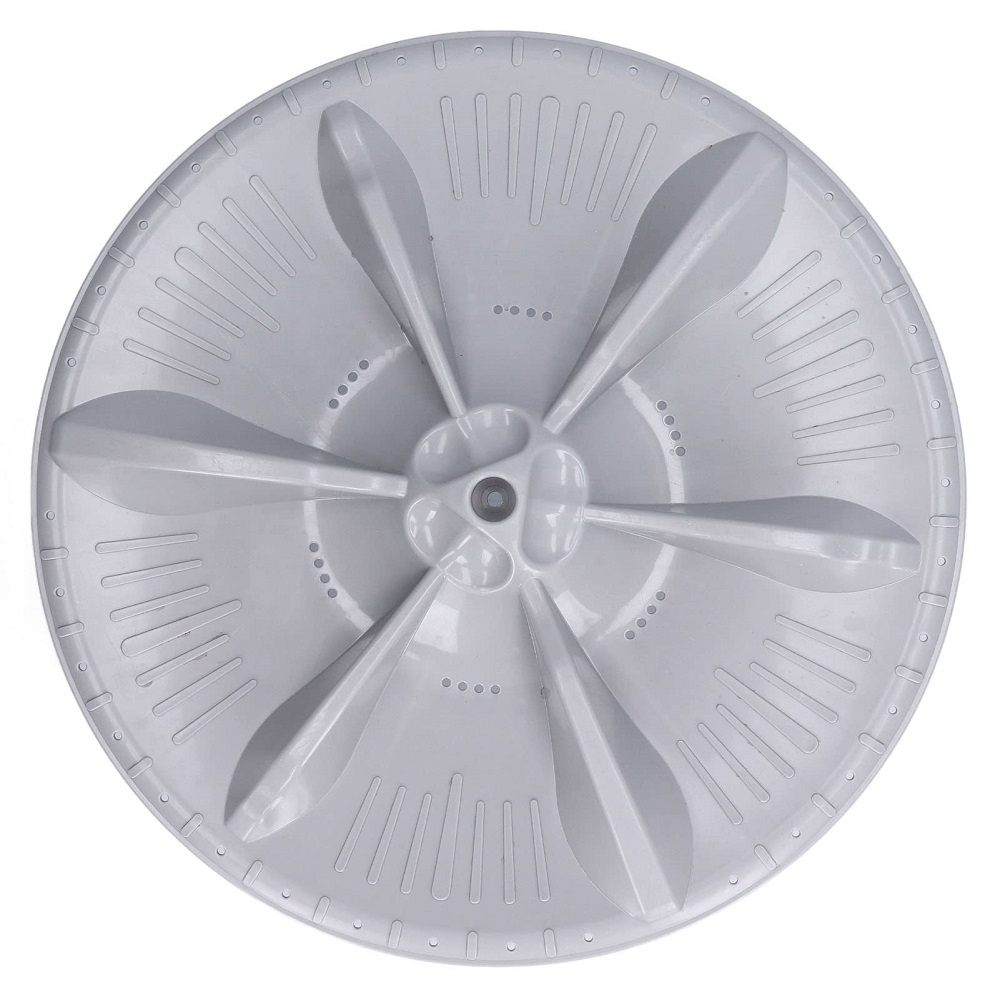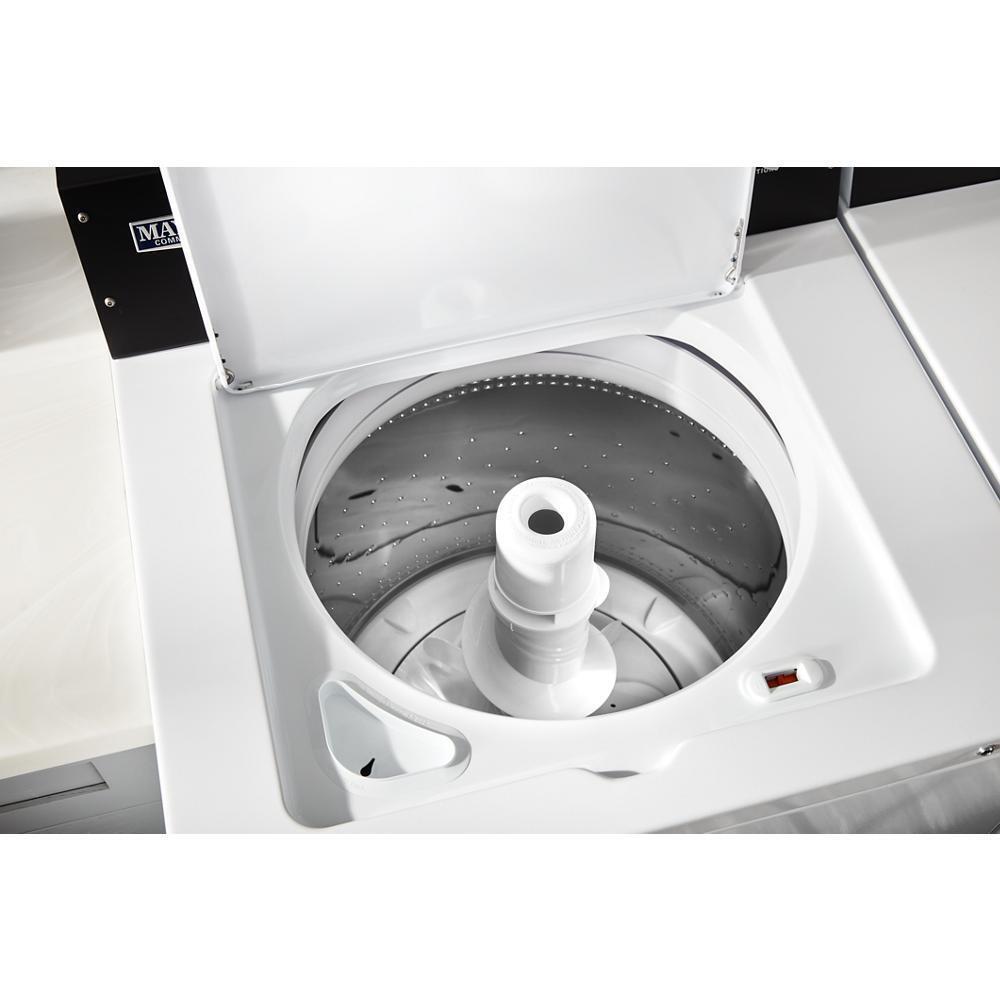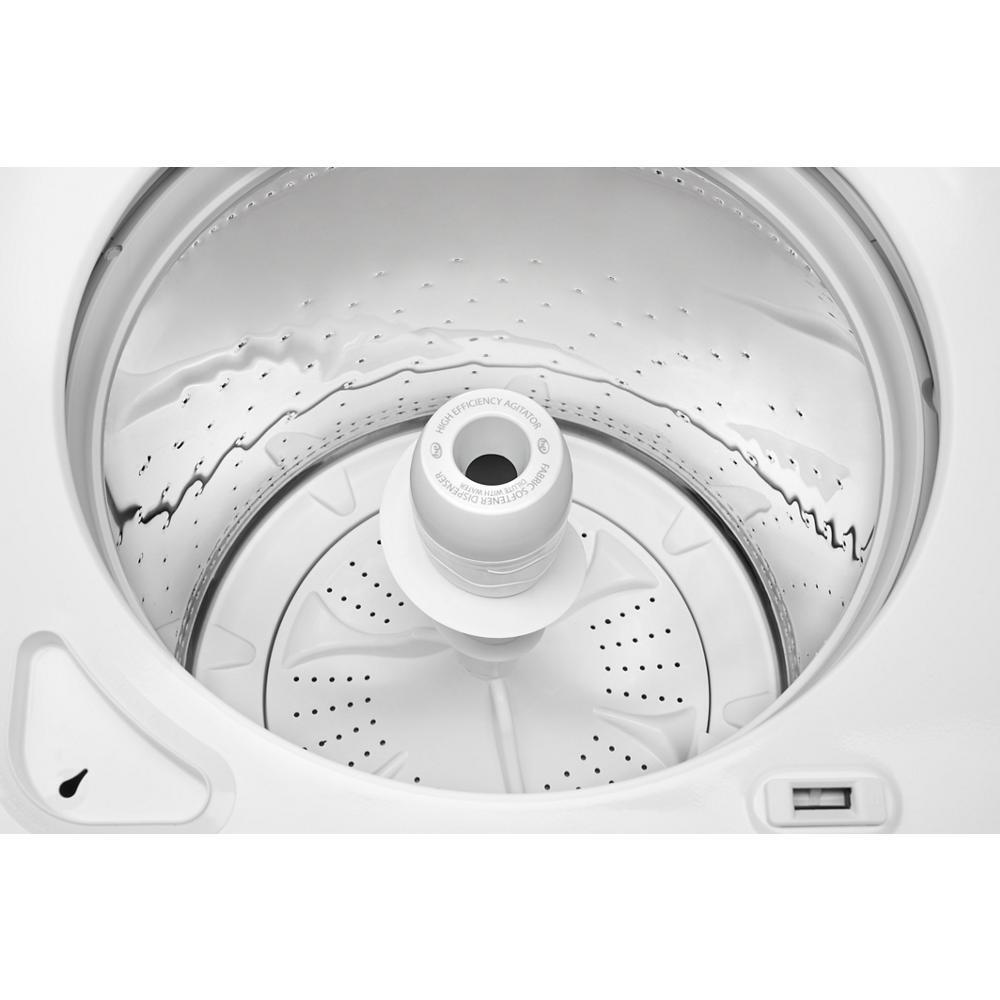When it comes to washing machines, one crucial component often holds the key to effective cleaning: the agitator. This device plays a vital role in the washing process, ensuring that clothes come out clean and fresh after every cycle. Understanding the function of the agitator, its benefits, and proper maintenance can greatly enhance your laundry experience. This article explores the importance of the agitator in washing machine and how it contributes to efficient laundry cleaning.
What Is an Agitator?
Definition and Function
The agitator is a pivotal part of many top-loading washing machines. Located in the center of the drum, it is a tall post with fins or paddles that rotate during the wash cycle. This rotation creates movement in the water, helping to lift and separate clothes as they wash. The motion generated by the agitator facilitates the mixing of detergent with water while dislodging dirt from fabric.
Agitators are designed to provide maximum agitation while ensuring a thorough cleaning process. They work by creating a dynamic environment where clothes are moved around, enhancing contact with the soapy water. This consistent motion ensures that every part of the fabric is exposed to the cleaning solution, thereby improving the efficiency of the wash. A well-designed agitator can make a significant difference in the overall cleanliness of laundry.
Different Types of Agitators
There are generally two types of agitator in washing machine: traditional and high-efficiency. Traditional agitators are usually taller and feature prominent fins. They work effectively in a variety of washing conditions and are excellent for cleaning heavily soiled clothes, such as work uniforms or athletic gear. The pulling and pushing action they create is robust and can tackle tough stains with ease.
High-efficiency agitators utilize more advanced engineering. These models are designed to promote gentler motion, requiring less water and ensuring energy savings. They are ideal for delicate fabrics that need a gentle touch. Understanding these differences in agitator design helps consumers make informed choices about their washing machine purchases. Selecting the type that best fits your laundry habits can significantly enhance your washing experience.

Benefits of Having an Agitator
Enhanced Cleaning Performance
One of the primary benefits of having an agitator in your washing machine is its ability to enhance cleaning performance. The vigorous movement generated by the agitator ensures that dirt, grime, and stains are thoroughly removed from fabrics. This is particularly beneficial when washing items like work clothes or sports gear, which often require more intensive cleaning.
The agitator’s design allows it to create a gentle yet effective friction between clothes. This movement helps break down stains that would otherwise persist in a less effective washing machine. The efficient washing action ensures that your clothes are cleaned uniformly, minimizing the risk of any residual dirt being left behind. Consequently, users can expect cleaner, fresher laundry with each cycle and enjoy the benefits of using an effective washing machine.
Better Detergent Distribution
Another significant advantage of the agitator is its role in distributing detergent throughout the wash. When the agitator churns the water and clothes, it helps to dissolve powder or liquid detergent more effectively. This ensures that the detergent reaches all areas of the fabric, allowing it to target stains and odors efficiently.
Effective detergent distribution means fewer residues leftover in clothing after washing. Properly dissolved detergent also leads to improved cleaning performance. Models with agitators facilitate this crucial aspect of the washing cycle, providing a more satisfying and effective clean. When detergent is evenly spread throughout the wash, it enhances the overall cleaning experience, leaving your fabrics feeling softer and looking brighter.

Maintenance of the Agitator
Inspecting for Wear and Tear
Regular inspections of the agitator are essential for maintaining optimal performance. Over time, dirt can build up on the agitator’s fins, reducing its ability to move clothes effectively. It’s important to examine the agitator periodically for signs of wear, such as cracks, loose parts, or any substantial residue. If you notice any damage, it may be necessary to replace the agitator.
During your inspection, you should also check for any unusual noises while the machine is running. Noises such as grinding or loud clanking may signal a more serious issue with the agitator or connected components. Regular visual checks will ensure that your washing machine continues to operate smoothly and can help you avoid potential problems that may require costly repairs.
Cleaning the Agitator
Cleaning the agitator is straightforward and plays a significant role in improving its performance. To clean it effectively, consider running a wash cycle with hot water and a washing machine cleaner. This process will help dissolve any lingering debris and soap scum that can accumulate over time.
If your washing machine has a removable agitator, taking it out for a more thorough cleaning may be beneficial. Use mild soap and a soft brush to scrub away stubborn stains. Pay special attention to the areas where the fins meet the main body, as dirt can accumulate there easily. Cleaning the agitator regularly will not only keep it looking good but also help it function at its best, ensuring your laundry comes out cleaner each time.

Troubleshooting Common Agitator Problems
Agitator Not Turning
One of the most common issues with washing machine agitators is when they refuse to turn. This problem can occur for several reasons. First, check to see if you have properly closed the lid, as many machines are equipped with a safety mechanism that prevents operation if the lid is ajar. If you have closed the lid and the agitator still does not turn, a faulty motor coupler may be the culprit.
The motor coupler connects the motor to the transmission. If it wears out or breaks, it can lead to a lack of movement in the agitator. Checking for this issue is relatively straightforward. If you confirm the motor coupler is faulty, replacing it typically resolves the problem and restores agitation during the wash cycle.
Unusual Noises During Operation
If you hear unusual sounds coming from the washing machine during operation, the agitator may be the source of the problem. Loose or worn parts can create excessive noise, and worn bearings may lead to uneven rotation. Inspect the agitator and surrounding areas for signs of wear or damage.
If the agitator is making sounds like clanking, especially during the spin cycle, it may need further examination. Objects like coins or small items can become trapped in the agitator mechanism, causing noise. Removing any blockages and checking the overall integrity of the assembly can help resolve this issue.

The Agitator vs. Impeller Debate
Understanding the Differences
As the laundry industry evolves, many manufacturers are transitioning from traditional agitators to impeller designs. Impellers offer a different washing experience by utilizing a low-profile disc that spins and moves clothes in a fluid motion. This design is geared towards providing a more gentle wash while using less water than traditional agitators.
While both systems have advantages, there are differences regarding cleaning performance and fabric care. Agitators typically provide a more aggressive cleaning action, beneficial for heavily soiled loads. In contrast, impellers tend to be gentler on fabrics, making them ideal for lighter loads or delicate clothing. Understanding these distinctions can help consumers make informed choices about their washing machine purchases.
Choosing the Right System for Your Needs
When deciding between an agitator and an impeller, it is vital to consider your laundry habits. If you frequently wash heavy fabrics or items with tough stains, an agitator may be more suitable. The vigorous motion is excellent at breaking down dirt and grime, ensuring thorough cleaning.
However, if your laundry primarily consists of delicates or lighter items, an impeller may be a better fit. This design focuses on gentle motion, minimizing wear and tear on your clothes. Ultimately, your choice should reflect personal preferences and how you plan to use your washing machine.

Conclusion: The Importance of the Agitator in Laundry
In conclusion, the agitator is an essential component of many washing machines. It enhances cleaning performance and improves detergent distribution, helping to generate effective agitation for cleaner clothes. Regular inspection and maintenance of the agitator are crucial to ensure optimal function and to prevent the accumulation of dirt and debris.
By understanding how to care for and troubleshoot any issues with your washing machine’s agitator, you can maximize its efficiency. Regular cleaning and inspections will enhance the lifespan and performance of your washing machine. Whether you prefer a traditional agitator or an impeller system, the right agitator in washing machine can significantly improve your laundry experience.
Additionally, emphasizing the care and maintenance of your agitator leads to fresher, cleaner laundry. Proper care prolongs the life of your washing machine and contributes to overall satisfaction with laundry results. Embrace the knowledge of your washing machine’s functionalities and take pride in your ability to maintain it effectively. With proper attention, your washing machine will continue to serve you well for years to come, making laundry a more manageable and enjoyable chore.

